As we all know, Web3 arrived to decentralize the decisions of network users. Games that offer NFTs (Non-Fungible Tokens), called tokens, to reward the player, can be considered Web3 games. The objective of this strategy is to increase the interaction with the application by compensating the user.
Web3 games use blockchain technology and the decentralized infrastructure of this new phase of the internet to create experiences in which the player assumes the main role in transactions – whether strategic decisions to advance in level or financial transactions by exchanging their NFTs or virtual currencies (cryptocurrencies) for real money.
NFT is an electronic symbol created on a blockchain platform to represent some digital good considered unique, such as a work of art, a tweet, a collectible item and even a virtual property.
In the case of games, they represent items such as weapons, armor, racing cars, virtual monsters, among others. They are stored on the blockchain (the technology behind these transactions), which makes them secure and easily transferable between players.
The differentiator of Web3 games
These games allow players to have full control over their digital assets such as virtual currencies, game items and other resources. This niche is still under development. It started with small indie developers, including Sky Mavis, from the game Axie Infinity – which ended up becoming synonymous with games of this type.
A relevant fact is that last year, renowned developers from the traditional gaming segment, such as Ubisoft and Square Enix announced that they are interested in this market. Ubisoft has already made an attempt, but it hasn’t been successful yet. Square Enix sold major Western franchises, including Tomb Raider, to invest the money in its Web3 game.
Another important piece of data is that even though crypto asset prices are down, interest from companies remains strong. The asset most similar to this market is the Stock Exchange. It takes a lot of tracking to learn how to get in and out at the right time. During the bear market, it is good to watch out to invest and earn during the bull market. But it’s hard work. It takes time and dedication.
What are the main features of Web3 games?
One of the main features of Web3 games is the use of NFTs and cryptocurrencies.
Web3 gaming has its origins in the launch of Bitcoin, the first cryptocurrency. Blockchain technology has enabled the creation of a new class of online games that use tokens and smart contracts to represent digital assets and perform transparent transactions in the virtual world.
The launch of the Ethereum network in 2015 leveraged the growth of Web3 games, as the new currency generates more sophisticated smart contracts, which enabled the development of more complex and interactive games, which became known as “decentralized games” or “DApp games” (decentralized applications).
The first games were released as play-to-earn or play-to-win, but with feedback from players today we are moving towards a play-and-earn model, where gameplay must be placed above the marketplace.
As they evolve in the game, players earn money in cryptocurrencies. Another way to monetize Web3 games is to sell NFTs – items earned in game that have unique real money values.
Read more about Web3:
The Most Popular Web3 Games
Axie Infinity (Sky Mavis): This is a blockchain-based game that combines elements of Pokemon and Tamagotchi. Players can collect, craft, and fight creatures called Axies.
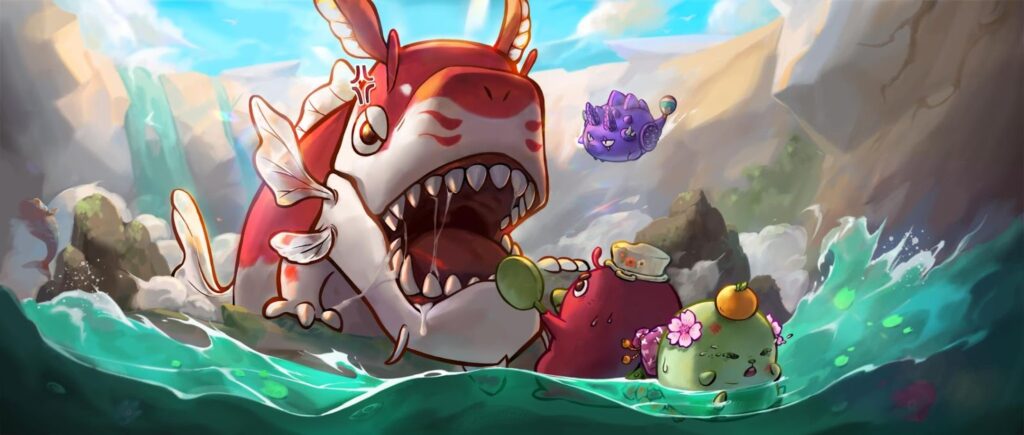
The Sandbox (PIXOWL INC.): This game is a virtual world where players can build, own, and monetize their own gaming experiences using NFTs.
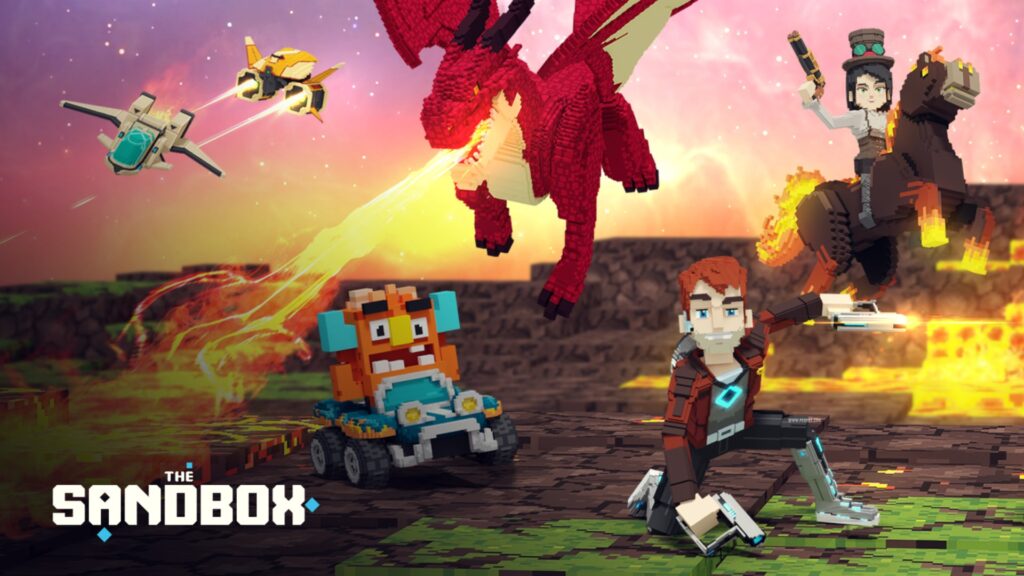
Gods Unchained (iMMUTABLE): This is a digital collectible card game where players can collect, trade, and battle unique NFT cards.

Decentraland (Decentraland Foundation): This game is a virtual world where players can create and explore a variety of different environments, from cities to theme parks.

CryptoKitties (Dapper Labs): This is a collectible game where players can create and trade unique digital cats.
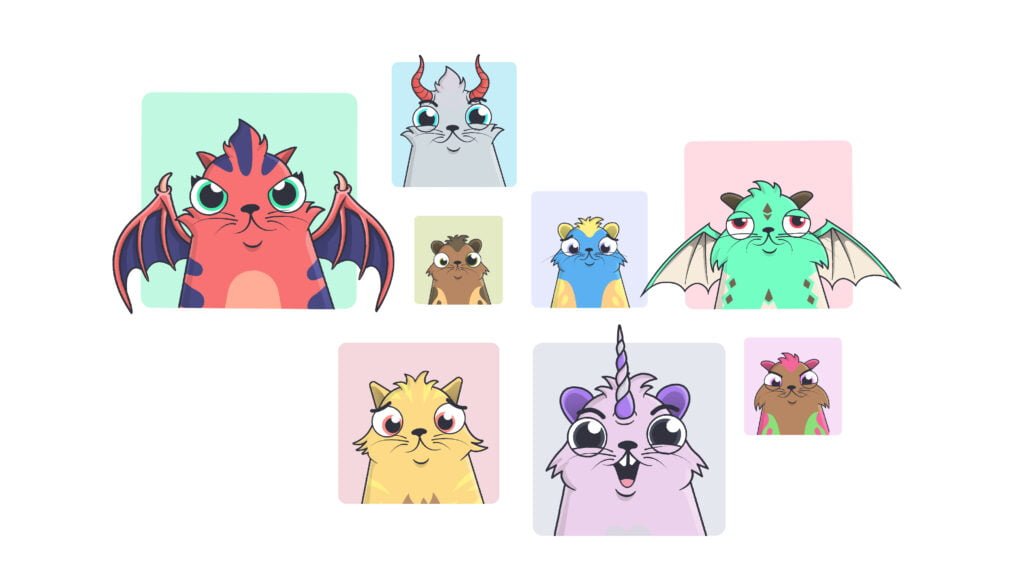
Town Star (Gala Games): Players build and manage their own virtual town, where they must gather resources, farm and manage their economy to develop their town and attract new citizens.
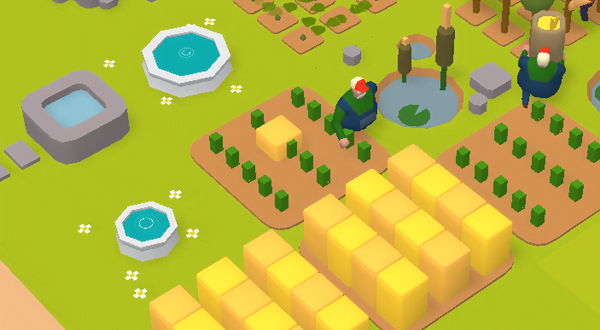
Mirandus (Gala Games): Still in development, in this game players will be able to explore an open world, fight fearsome creatures and engage in diplomacy and politics with other players.
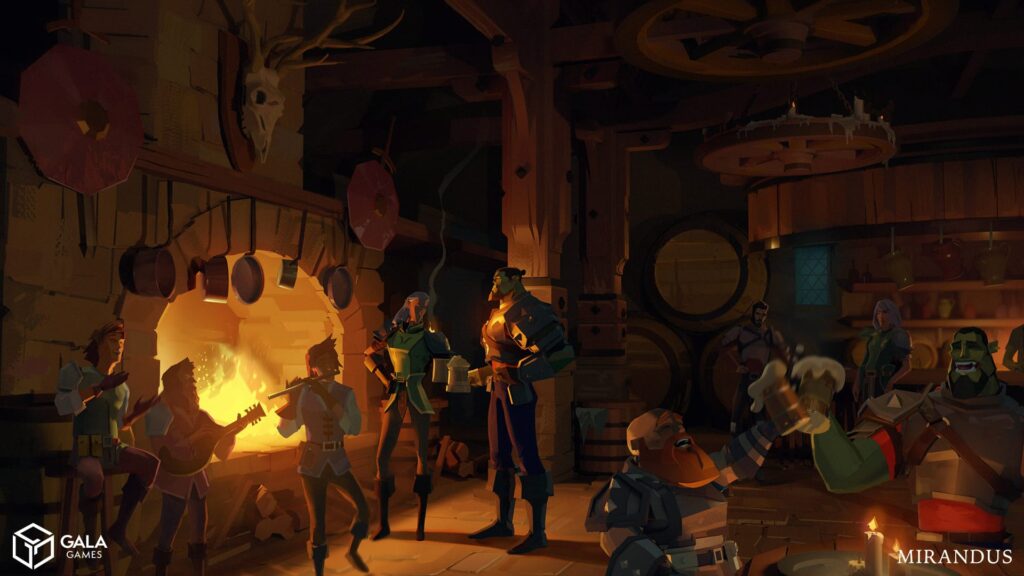
Infinite Fleet (Exordium Limited): A sci-fi strategy game that will use blockchain technology for player-owned assets and in-game currency.
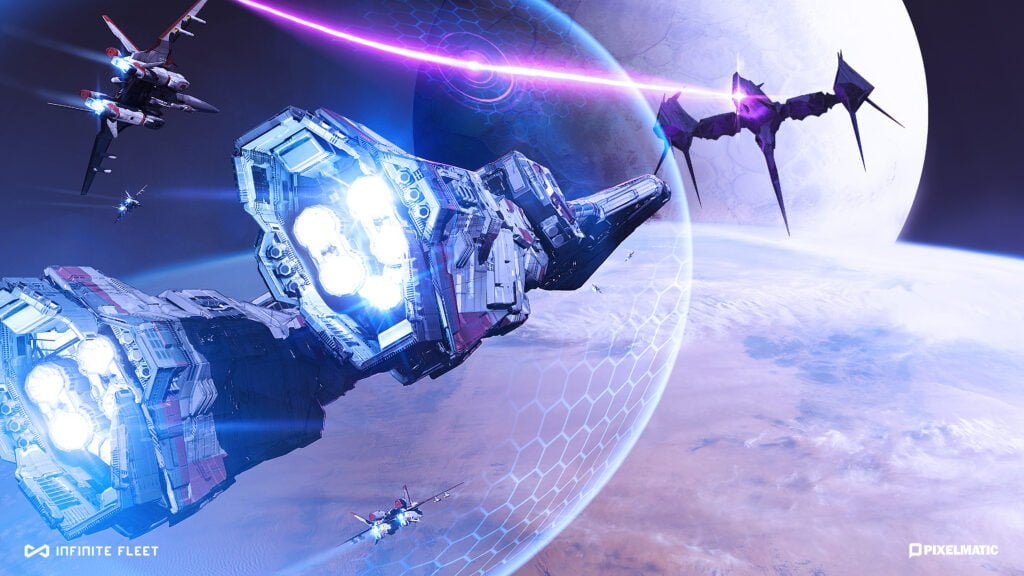
Hash Rush (VZ Games): Create real-time strategies where players can mine cryptocurrencies and trade assets in-game.
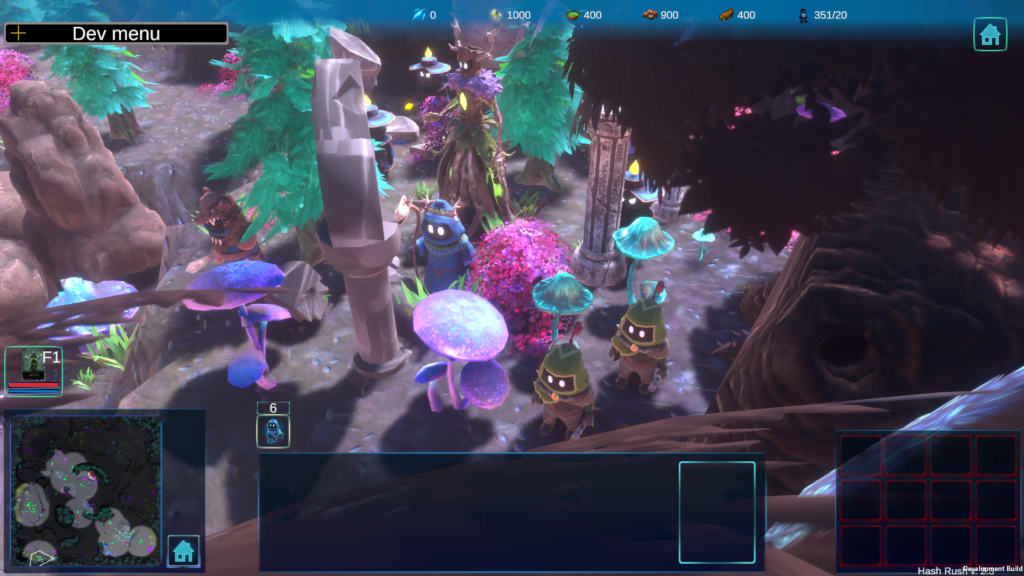
Mythereum (Ethereum blockchain): A collectible card game where players can battle and trade NFT cards.

Neon District (Blockade Games): A cyberpunk RPG that features turn-based battles and a branching storyline.
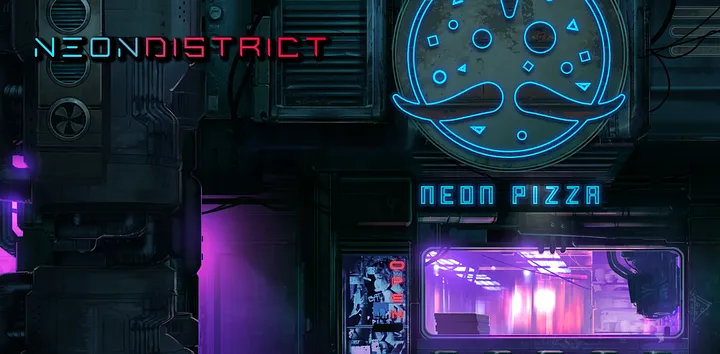
What is Web3’s main currency?
Web3’s very expression serves to define a new iteration of the World Wide Web where blockchain and the decentralized quality of applications provide greater scalability, privacy and performance to all products on the web.
The first of its kind, Bitcoin, launched a form of electronic money that can be transferred without the intermediary of financial institutions. BTC is digital, decentralized and not controlled by governments, companies or people.
Transactions are confirmed on the blockchain, which works as a giant database that records all user transactions, turning the participants themselves into network auditors.
Some Web3 coins are BTC (Bitcoin), ETH (Ethereum), LTC (Litecoin), XRP (Ripple), Binance Coin (BNB) and Solana (SOL).
Among the various currencies used on Web3, some are game-specific such as MANA, AXS, SLP, GMT, GALA, SAND.
In addition to cryptocurrencies, Web3 games also include the use of NFTs, unique digital assets stored on the blockchain that can represent anything from digital art to in-game items.






